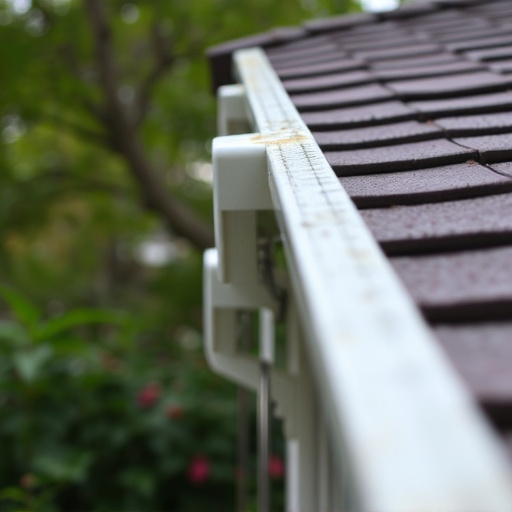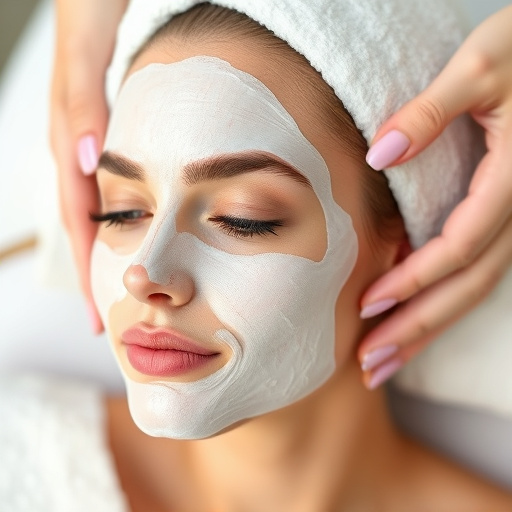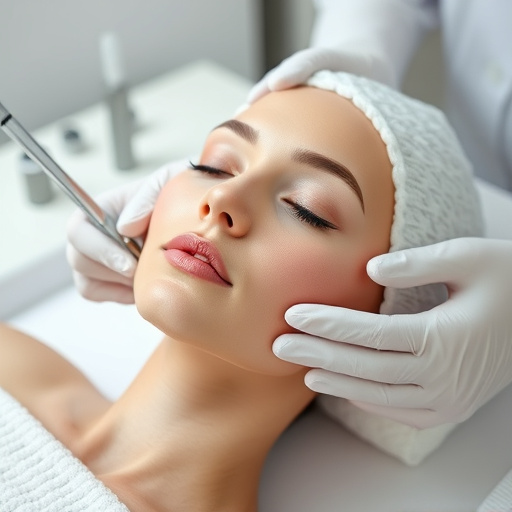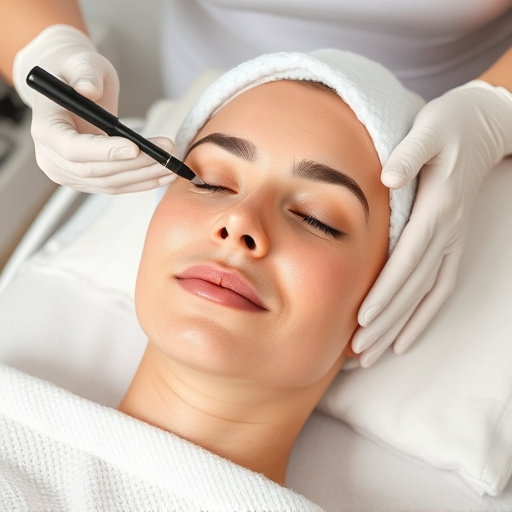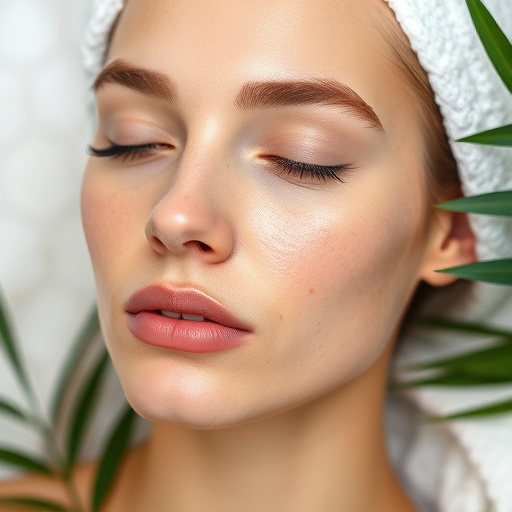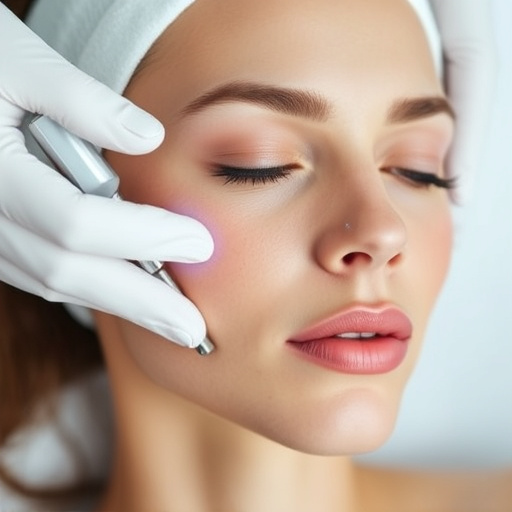Chin hair growth varies between men and women due to hormones, with men having coarser hairs and faster regrowth, while women have finer hairs. Men often use shaving, waxing, or creams, while women explore techniques like threading, laser, and microneedling. Effective chin hair removal requires tailoring methods to individual hormonal profiles, skin types, and preferences for optimal results, with professional consultations recommended.
“Uncovering the nuances of chin hair removal for men and women, this article delves into the unique aspects of hair growth and removal techniques specific to each gender. While both seek smooth chins, their experiences differ significantly. We explore popular methods, from waxing to laser treatments, analyzing effectiveness, safety, and longevity for each. Understanding these distinctions empowers individuals to make informed choices tailored to their needs, ensuring optimal results in the pursuit of a hair-free chin.”
- Understanding Chin Hair Growth and Removal Differences
- Popular Methods for Men and Women's Chin Hair Removal
- Effectiveness, Safety, and Longevity Comparisons Between Genders
Understanding Chin Hair Growth and Removal Differences
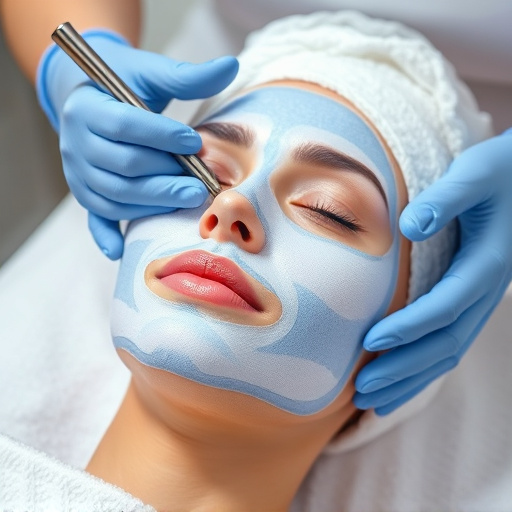
Chin hair growth and removal for men and women differ due to hormonal variations. Testosterone, present in higher levels in men, stimulates hair follicles on various parts of the body, including the chin, leading to coarser, darker, and thicker hairs. Women, with lower testosterone, often experience finer, lighter chin hair. This fundamental difference dictates the approach to chin hair removal for each gender.
For men, methods like shaving, waxing, or using depilatory creams are popular but may not offer lasting results due to rapid regrowth. Laser treatments and electrolysis are more effective long-term solutions as they target the follicle itself. In contrast, women can benefit from similar techniques, with added options such as threading and plucking for finer hairs. Additionally, focusing on maintaining skin health through hydrating facials and microneedling therapy can improve overall smoothness and reduce hair visibility, providing a softer, more refined appearance.
Popular Methods for Men and Women's Chin Hair Removal
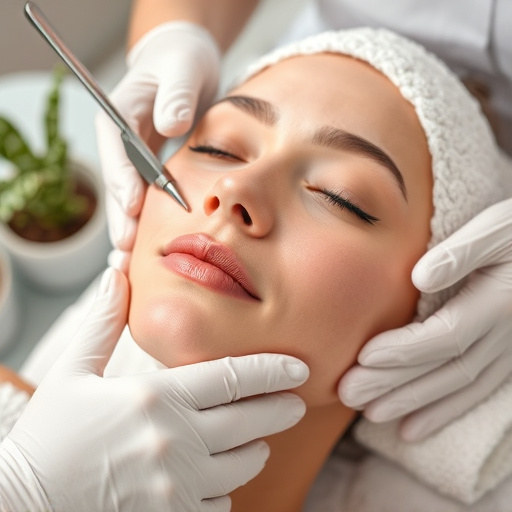
Men and women often approach chin hair removal with different preferences and methods due to varied skin types, hair growth patterns, and aesthetic goals. For men, who typically have coarser and faster-growing facial hair, popular choices include shaving, waxing, and depilatory creams. Shaving is the most common and readily available option but can cause skin irritation and ingrown hairs. Waxing offers a longer-lasting solution but might be painful for some individuals. Depilatory creams provide temporary relief by dissolving hair, but they may not be suitable for all skin types.
Women, on the other hand, often opt for more specialized chin hair removal techniques to achieve smoother, softer results. Plucking is a common method, especially for fine hair, but it can be time-consuming and may lead to skin sensitivity. Threading is another popular choice, particularly in cultures where it’s traditionally practiced, as it gently removes hair by catching them between two threads. More advanced options include facial laser treatments and microneedling therapy for targeted hair reduction and improved skin tightening. For sensitive areas like the chin, professional consultations are recommended to choose the most suitable and effective facial treatments.
Effectiveness, Safety, and Longevity Comparisons Between Genders
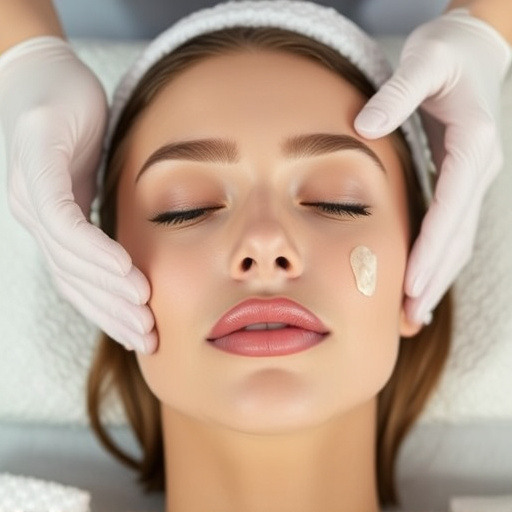
When it comes to chin hair removal, effectiveness, safety, and longevity can vary between men and women due to differences in skin composition, hair thickness, and hormonal profiles. Studies show that men’s facial hair tends to be coarser and thicker than women’s, which may impact the efficiency of various removal methods. Traditional techniques like shaving or waxing might provide temporary relief but can cause skin irritation and ingrown hairs for both genders.
However, in terms of non-surgical treatments, such as laser hair reduction, significant differences emerge. Men often respond better to these chin hair removal procedures due to their higher testosterone levels, which can lead to more susceptible hair follicles. Medical spa services offering hydrating facials or specialized treatments can complement these processes by moisturizing the skin and addressing post-treatment sensitivities. On the other hand, women might prefer alternative methods like threading or electrolysis, which are less invasive but may require more frequent sessions to maintain results.
In conclusion, while the fundamental principles of chin hair removal remain consistent across genders, distinct differences in hair growth patterns, skin sensitivity, and aesthetic preferences necessitate tailored approaches. Men’s thicker, coarser chin hair may require more aggressive methods like shaving or waxing, whereas women often opt for finer techniques such as threading or laser treatments. Understanding these variations ensures more effective and safer chin hair removal outcomes tailored to individual needs, promoting confidence and enhancing overall appearance.



